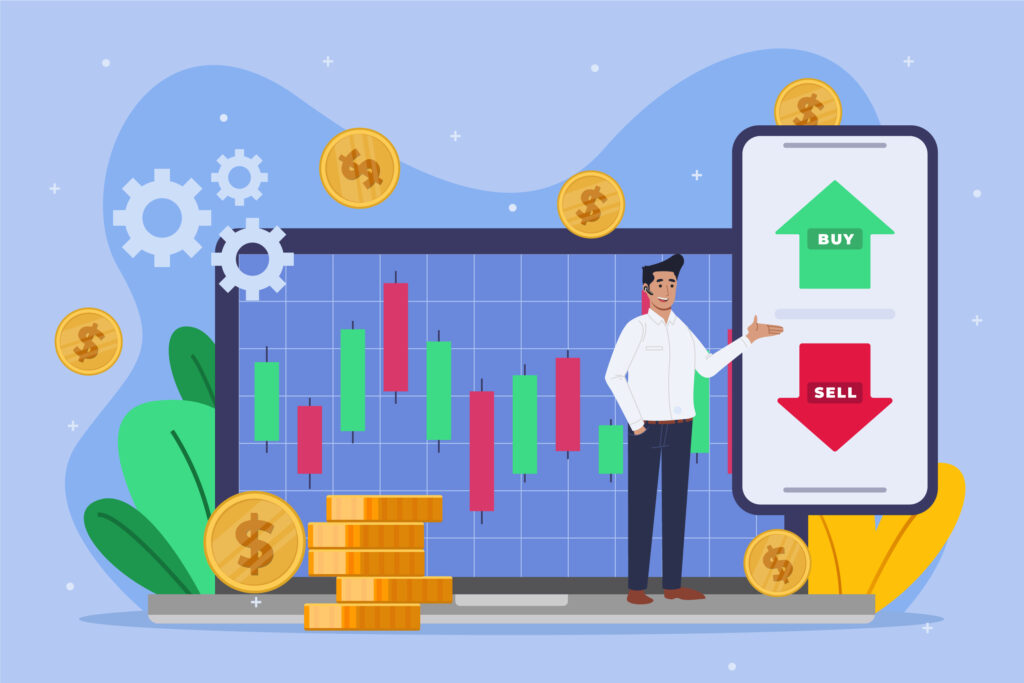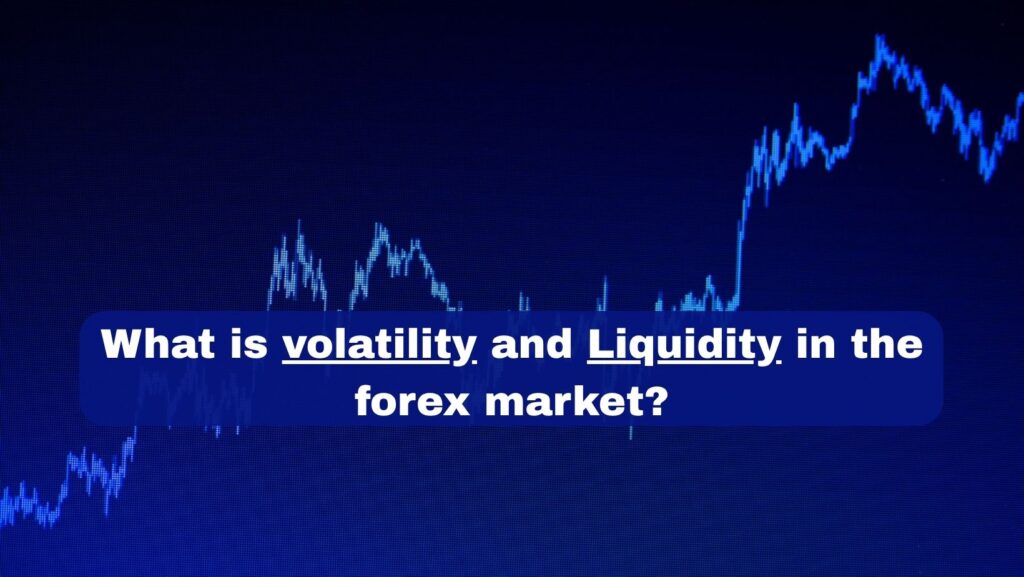The world’s biggest financial market is the forex market.
The daily trading volume is about $7 trillion!
But not every big market is stable – the Forex market has both high volatility and high liquidity.
If you understand both correctly, then:
- You can make better trading decisions
- You can control risk
- You can improve your entry and exit timing
In this blog, we will explain in detail:
- What is volatility in Forex
- What is liquidity
- Their relationship
- Which currency pairs are more volatile
- How all this affects your trading

What is volatility?
Volatility is:
How much and how fast does the value of a currency increase
👉 In simple terms:
High volatility = large and fast price movements
Low volatility = slow and small price movements
Example:
If GBP/USD moves 200 pips in a day and EUR/USD only 80 pips, then GBP/USD is more volatile.
What is liquidity in forex market?
Liquidity means:
“How easily you can buy or sell in the market without the price changing too much”.
👉 In simple terms:
High liquidity = more buyers and sellers = faster execution
Low liquidity = more buyers/sellers = risk of drawdown
High liquidity currencies:
| Currency | Region | Reason |
| USD | United States | World’s reserve currency |
| EUR | Eurozone | Most traded after USD |
| JPY | Japan | Active in Asian session |
| GBP | UK | High volume pairings |
Volatility vs Liquidity
| Scenario | Result |
| High liquidity + Low volatility | Stable market, narrow spreads |
| Low liquidity + High volatility | Wide spreads, fast price jumps |
| High liquidity + High volatility | Active market, opportunity + risk |
| Low liquidity + Low volatility | Boring market, fewer setups |
Example:
Asian session: low liquidity → low volatility
London and NY session: high liquidity → high volatility
News event: sudden increase in volatility → liquidity may tighten
Which currency Which pairs are more volatile?
| Pair | Volatility Level | Reason |
| GBP/JPY | Very High | Cross pair, interest rate sensitive |
| GBP/USD | High | Brexit & economic news sensitive |
| AUD/JPY | Medium-High | Risk sentiment driven |
| EUR/USD | Medium | High liquidity, stable central banks |
Benefits of liquidity
- Fast trade execution
- Tight spreads
- Low slippage
- Reliable technical levels
Risks of low liquidity
❗ Slippage – trades can be executed at a different price
❗ Spread widening – especially during low volume hours
❗ False breakouts – price manipulation has become more frequent.
❗ Hard to close large positions
Important tips for traders
- Volatility during trading hours
- Use small lot sizes
- Use wide stop losses
- Set realistic TPs
- Avoid overtrading
Choose sessions by liquidity
| Session | Liquidity Level | Time (IST) |
| Asian | Low | 5:30 AM – 12 PM |
| London | High | 12 PM – 9 PM |
| New York | Very High | 5:30 PM – 2:30 AM |
How to analyse volatility in charts?
Use these tools:
ATR (Average True Range)
→ Daily average pip movement is reported
Bollinger Bands
→ Wide Bands = High Volatility
Economic Calendar : www.forexfactory.com
→ High-Impact News = Sudden Volatility
Pro Point:
For Beginners: High liquidity, medium volatility pairs are best (e.g. EUR/USD, GBP/USD).
For Scalpers: Choose low spread pairs
Swing Traders: You can take long positions on volatile pairs (but use appropriate SL)

Conclusion
Liquidity and volatility are the backbone concepts of Forex trading.
If you understand both, then:
- You can choose a good pair
- You can time your trade entries and exits
- You can manage your risk wisely
So if you liked this blog then follow and share www.growthlikej.com for similar informative knowledge blogs.

